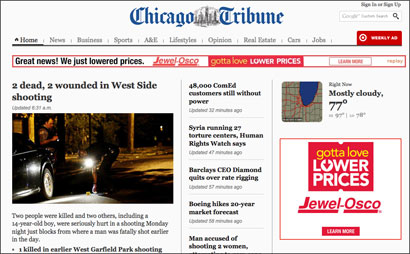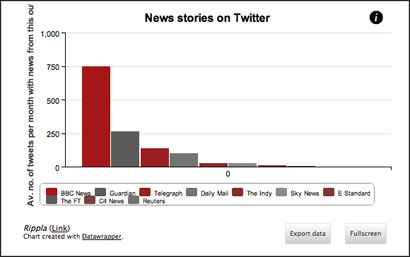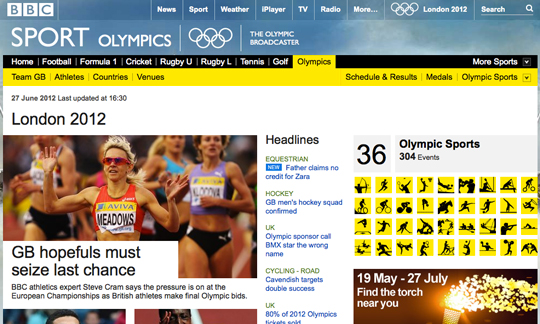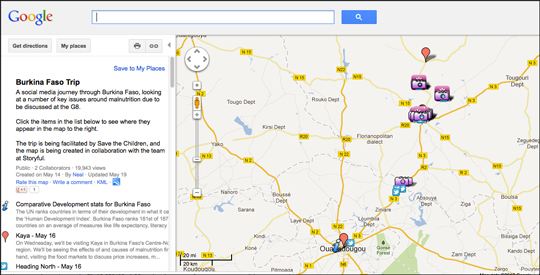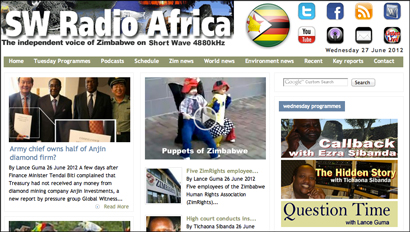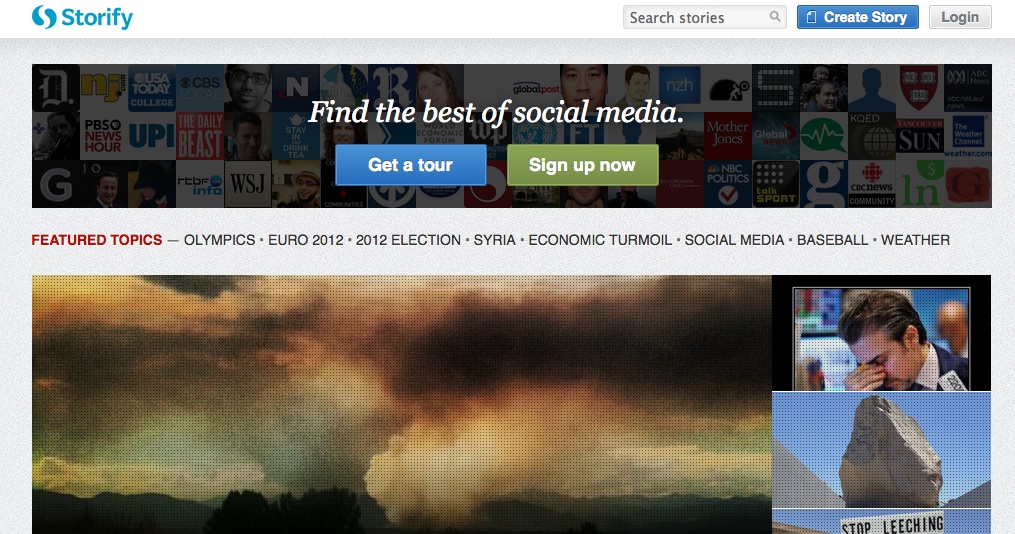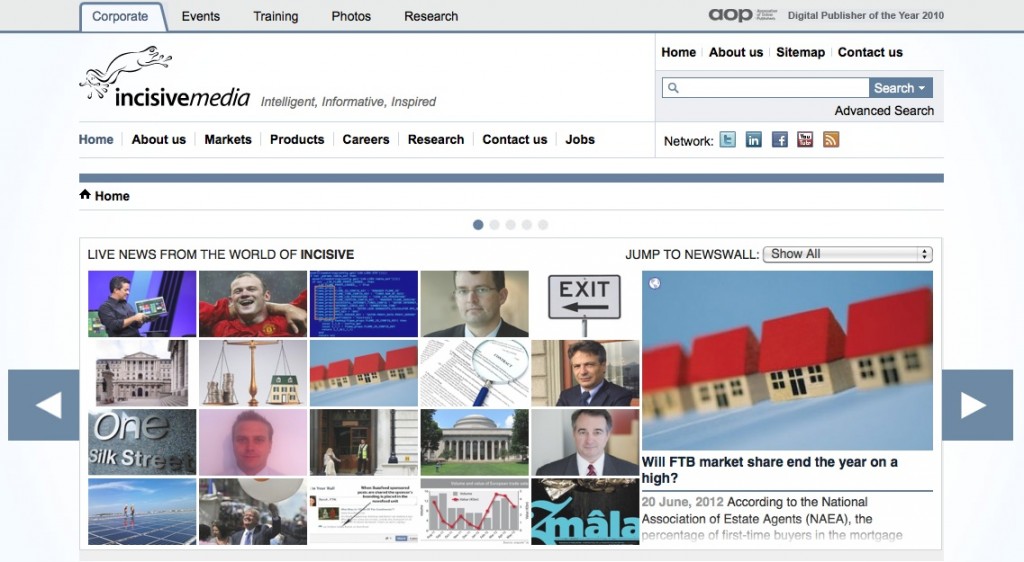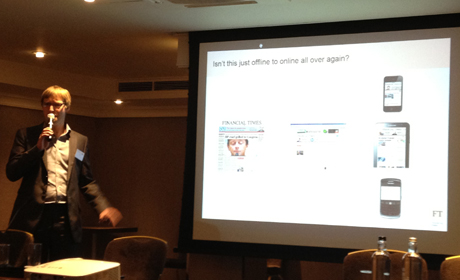Journalism.co.uk runs training courses for experienced journalists wanting to boost their skills.
Click the links for more information.
Out of thin air: How to find hundreds of new ideas every day (for freelancers)
Evening course, 26 July, led by Ellie Levenson, cost: £95 (+VAT)
Media law refresher
One-day course,: 3 September, led by David Banks, cost: £200 (+VAT)
Introduction to data journalism
One-day course, 11 September, led by: Paul Bradshaw, cost: £225 (+VAT)
Intermediate data journalism
One-day course, 13 September, led by: Paul Bradshaw, cost: £225 (+VAT)
Advanced online research skills
One-day course, 12 September, led by Colin Meek, cost: £200 (+VAT)
Liveblogging – details coming soon
Evening course, 12 September, led by Adam Tinworth, cost: £95 (+VAT)
Online sub-editing
One-day course, 17 September, led by Emmanuelle Smith and Jane Wild, cost: £200 (+VAT)
Online video journalism
One-day course, 19 September, led by Adam Westbrook, cost: £250 (+VAT)
SEO for journalists
One-day course, 20 September, led by: Adam Tinworth, cost: £200 (+VAT)
CV and interview clinic: Get that journalism job
One-day course, 21 September, led by Daniell Morrisey and Clare Davies, cost: £200 (+VAT)
Successful freelance journalism
One-day course, (Saturday) 22 September, led by Olivia Gordon and Johanna Payton, cost: £200 (+VAT)
Online media law
One-day course, 24 September, led by: David Banks, cost: £200 (+VAT)
Your social media toolbox
Evening course, date: 25 September, led by: Sue Llewellyn, cost: £95 (+VAT)
Essential Twitter skills
Half-day course, 4 October, led by: Sue Llewellyn, cost: £125 (+VAT)
Advanced Twitter skills
Half-day course, 5 October, led by Sue Llewellyn, cost: £125 (+VAT)
Improve your blogging
Evening course, 10 October, led by Martin Belam, cost: £95 (+VAT)
Get published! How to write a (non-fiction) book proposal
One-day course , 12 October, led by Gill Hasson, cost: £200 (+VAT)
Adding a second string to the freelancer’s bow
Evening course, 17 October, led by Steve Bustin, cost: £95 (+VAT)
Data visualisations
One-day course, 7 November, led by Paul Bradshaw and Caroline Beavon, cost: £225 (+VAT)
Stiletto bootcamp: Writing for women’s magazines
Six-weeks online course, starting 1 October (flexible), led by Tiffany Wright, cost: £250
We believe in small group training courses. All courses have a maximum of 10 attendees.
We can also arrange in-house training.
Please email me using this link if you have any questions.


